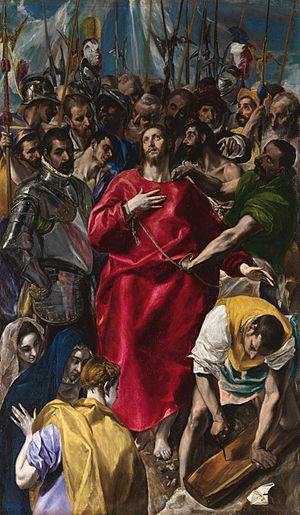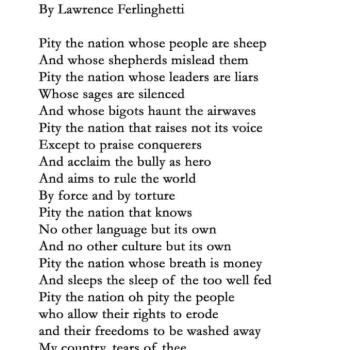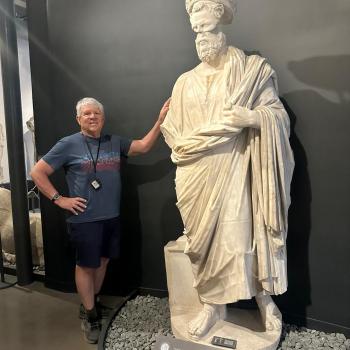Here’s a help post by NT colleague Larry Hurtado. See what you think……. BW3
Text-Collections and an Emergent NT Canon
A recent survey of the contents of Christian manuscripts from the first three centuries focuses on identifying which texts were combined in the same manuscript: Michael Dormandy, “How the Books Became the Bible: The Evidence for Canon Formation From Work-Combination in Manuscripts,” TC: A Journal of Biblical Textual Criticism 23 (2018): 1-39. (TC is an open-access and online journal: available here.)
After laying out carefully his method and his gathering of data (using the Leuven Database of Ancient Books), Dormandy then classifies extant manuscripts (including very fragmentary ones) as to the level of certainty that we can attain in determining whether the manuscripts contained more than one text, and, if so, what texts they contained. His approach is cautious and careful, which makes his conclusions all the more sound.
Dormandy coins the term “collection-evident” to designate collections of texts that combine texts that came to form part of the NT. For example, manuscripts that contained only our four NT Gospels or epistles of Paul are instances of “collection-evident” artefacts. The question behind his study was whether we see a pattern of collecting certain texts together in a given manuscript, or a diversity in collections of texts, combining canonical and non-canonical texts.
As he concludes, “The results are striking.” The clear majority of multi-text manuscripts from any of the early centuries are “collection-evident,” i.e., they include only texts that later became part of our NT. Manuscripts that combine what became canonical texts with non-canonical texts are “relatively rare.” Importantly, he found no instance of a combination of gospels beyond the familiar four in the NT (p. 21). To cite him further, “It is crucial to note that . . . there is nothing even resembling an alternative Bible, that is, a set of works, different to the ones now canonical, that are regularly combined” (p. 22). Noting that Codex Sinaiticus includes Shepherd of Herman and the Epistle of Barnabas, and that Codex Alexandrinus includes letters of Clement, these are exceptional. Moreover, they are included at the end of the respective manuscript, suggesting that they may have been intended as a kind of appendix. But, in any case, there are no alternative gospel-collections, such as Matthew, Mark, Luke, and Thomas. As he observes, in those early centuries, “There may be other gospels, but there is no other gospel collection” (p. 22).
He also confirms earlier observations that a good many early manuscripts are single-text ones, e.g., containing one Gospel. This is reflected in the varying number of extant copies of the individual Gospels, many more of Matthew and John, and very few of Mark. As he notes, this casts doubt on David Trobisch’s claim that by the late-second century the complete NT canon had been determined and circulated together.
Likewise, there is little indication of letter-collections that combined what became canonical texts with others. So, e.g., we have the well-known collections of Pauline letters (P46 being the most well-known example).
Dormandy seems to me to judge rightly that the consistency in manuscript practice in this early period is not likely the result of some diktat from any influential figure. Instead, it seems to reflect a widespread view among those preparing these manuscripts that certain texts belonged together. We may not be able to discern the reasons, but it is evident. In Dormandy’s words, “early Christian bookmakers did not have to be told by ecclesiastical superiors what was in the canon” (pp. 22-23).
In sum, contra the views of some scholars, the frequent inclusion of certain texts in the same manuscript suggests that they were seen to have something in common, something that led to the NT canon. On the other hand, contra the views of other scholars (e.g., Trobisch), the numerous single-text manuscripts suggest that the circulation of the four Gospels together or complete editions of the NT in the second century is not plausible.
Some years ago, I proposed that the collection of texts, both conceptually and physically, was an important feature of second-century Christian circles, and was a step toward what became a canon of the NT.[1] So, it is particularly gratifying to see Dormandy’s careful and persuasive survey of the evidence.
[1] Larry W. Hurtado, “The New Testament in the Second Century: Text, Collections and Canon,” in Transmission and Reception: New Testament Text-Critical and Exegetical Studies, ed. J. W. Childers and D. C. Parker (Piscataway, NJ: Gorgias Press, 2006), 3-27, esp.19-24. See also my comments in my book, The Earliest Christian Artifacts: Manuscripts and Christian Origins (Grand Rapids: Eerdmans, 2006), 35-40.













